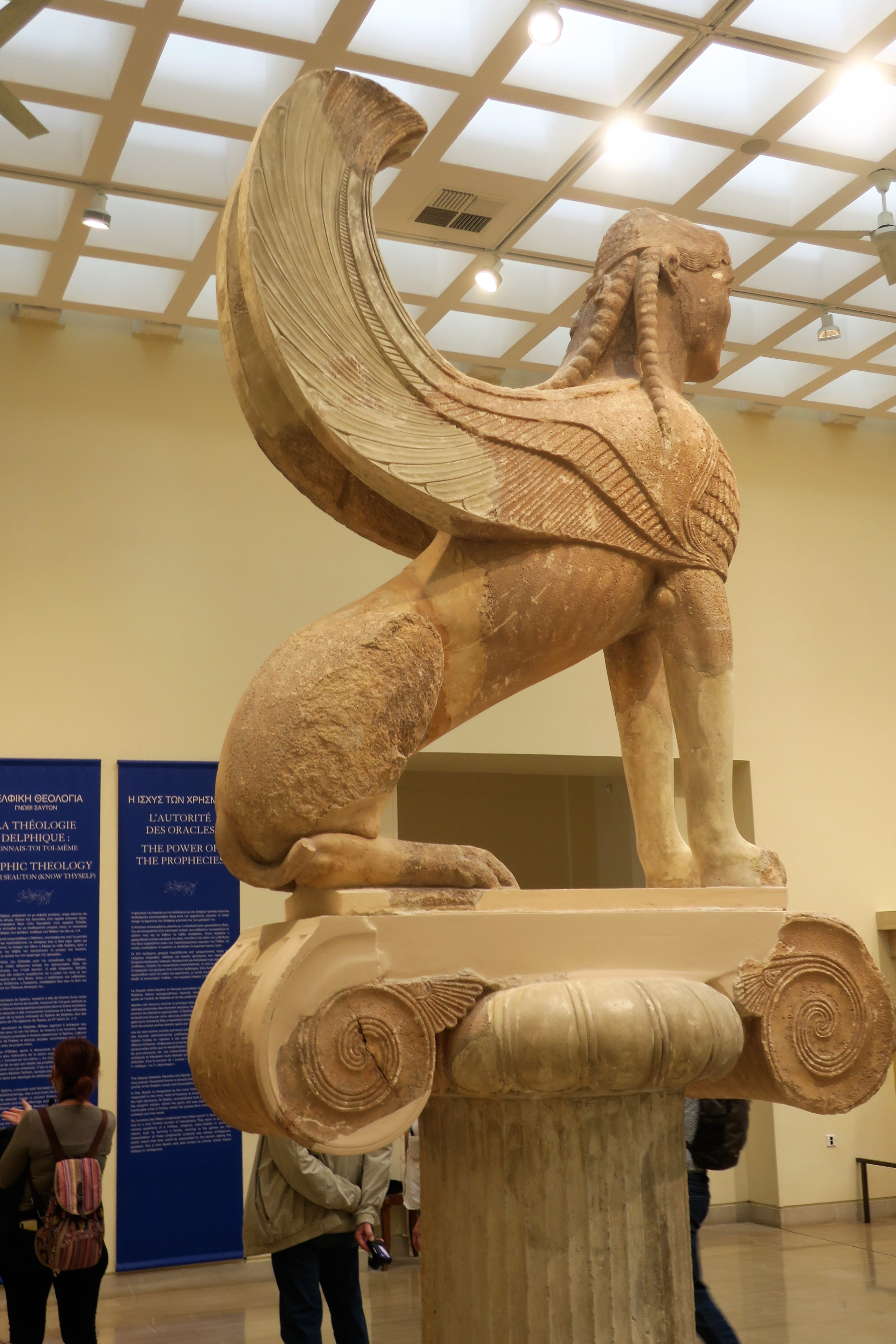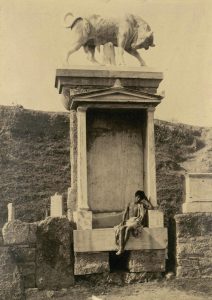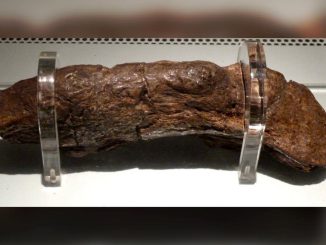
The Sphinx of the Naxians stands as a testament to the rich history and cultural heritage of ancient Delphi, Greece. This enigmatic sculpture, once perched atop a 10-meter column near the Temple of Apollo around 560 BC, embodies the artistic and religious significance of the Delphic sanctuary. As one of the intriguing relics of antiquity, the Sphinx offers a window into the mythical and spiritual realm that characterized ancient Greek civilization.

The Enigmatic Presence of the Sphinx The Sphinx of the Naxians, believed to have been sculpted around the mid-6th century BC, exudes an aura of mystery and symbolism. Originally positioned prominently next to the Temple of Apollo in Delphi, this marble statue likely served as a guardian figure associated with the sacred site. The Sphinx, with its distinctive features and enigmatic smile, reflects the artistic style and religious beliefs prevalent during the Archaic period in Greece.
Symbolism and Mythology In ancient Greek culture, the Sphinx was a mythical creature often depicted as a guardian of sacred places and repositories of divine knowledge. Its association with Delphi suggests a deeper connection to the oracular traditions centered around the Temple of Apollo. The Sphinx, with its human head and lion’s body, symbolized wisdom, protection, and the mysteries of the cosmos. The presence of such sculptures in religious contexts underscores the spiritual significance attributed to Delphi in antiquity.
The Delphic Sanctuary: Center of Ancient Wisdom Delphi, renowned as the seat of the famous Oracle of Apollo, was a vital religious and cultural center in ancient Greece. Pilgrims from across the Mediterranean world journeyed to Delphi seeking guidance and prophetic insights from the oracle. The Sphinx of the Naxians, overlooking the sanctuary, embodied the reverence and awe inspired by Delphi’s sacred precincts. Its placement near the Temple of Apollo underscores the importance of myth and ritual in the lives of ancient Greeks.
Archaeological Significance and Preservation The discovery and study of artifacts like the Sphinx of the Naxians contribute significantly to our understanding of ancient Greek civilization. Archaeological excavations in Delphi have unearthed numerous treasures, shedding light on religious practices, artistic traditions, and societal beliefs of the time. The preservation of these artifacts in museums and cultural institutions ensures that future generations can continue to explore and appreciate the legacy of Delphi and its profound influence on Western civilization.
In conclusion, the Sphinx of the Naxians remains a captivating symbol of Delphi’s ancient splendor. This iconic sculpture, once perched near the Temple of Apollo, embodies the spiritual and artistic achievements of ancient Greek culture. Through archaeological discoveries and ongoing research, we gain valuable insights into the religious practices, mythological beliefs, and societal dynamics that shaped Delphi and its significance in the ancient world. The Sphinx invites us to delve deeper into the mysteries of antiquity, highlighting the enduring legacy of Greece’s cultural heritage.








